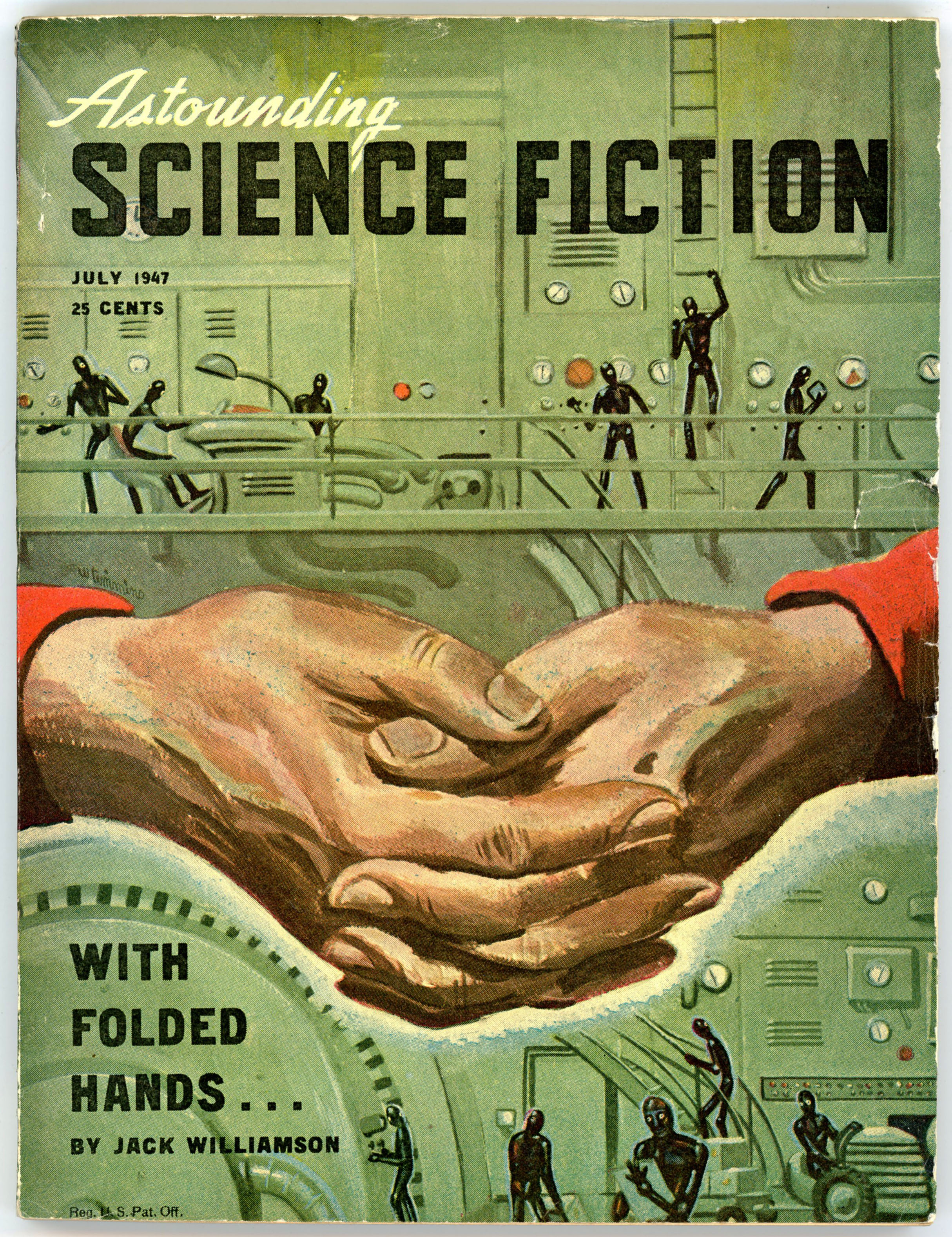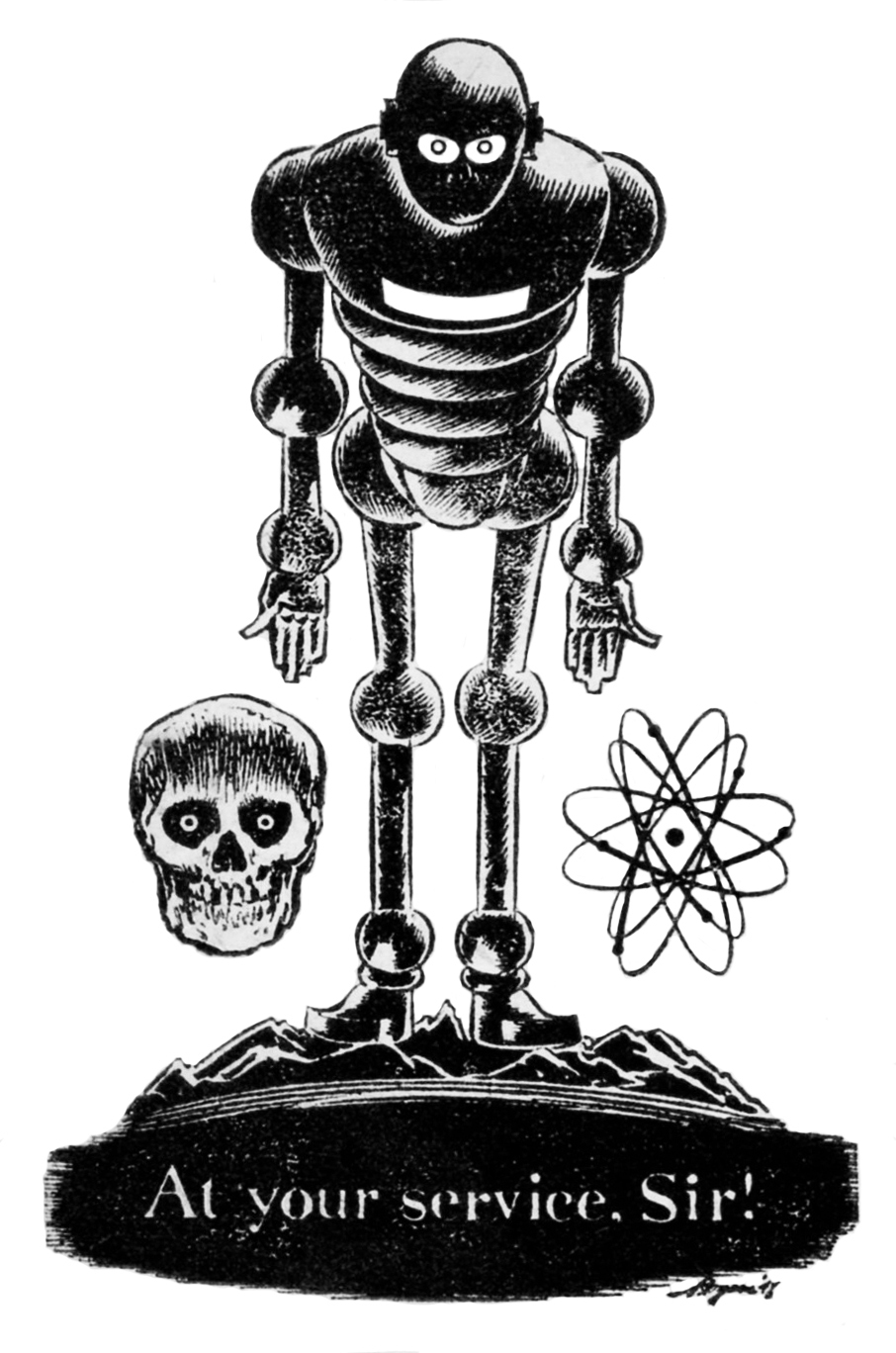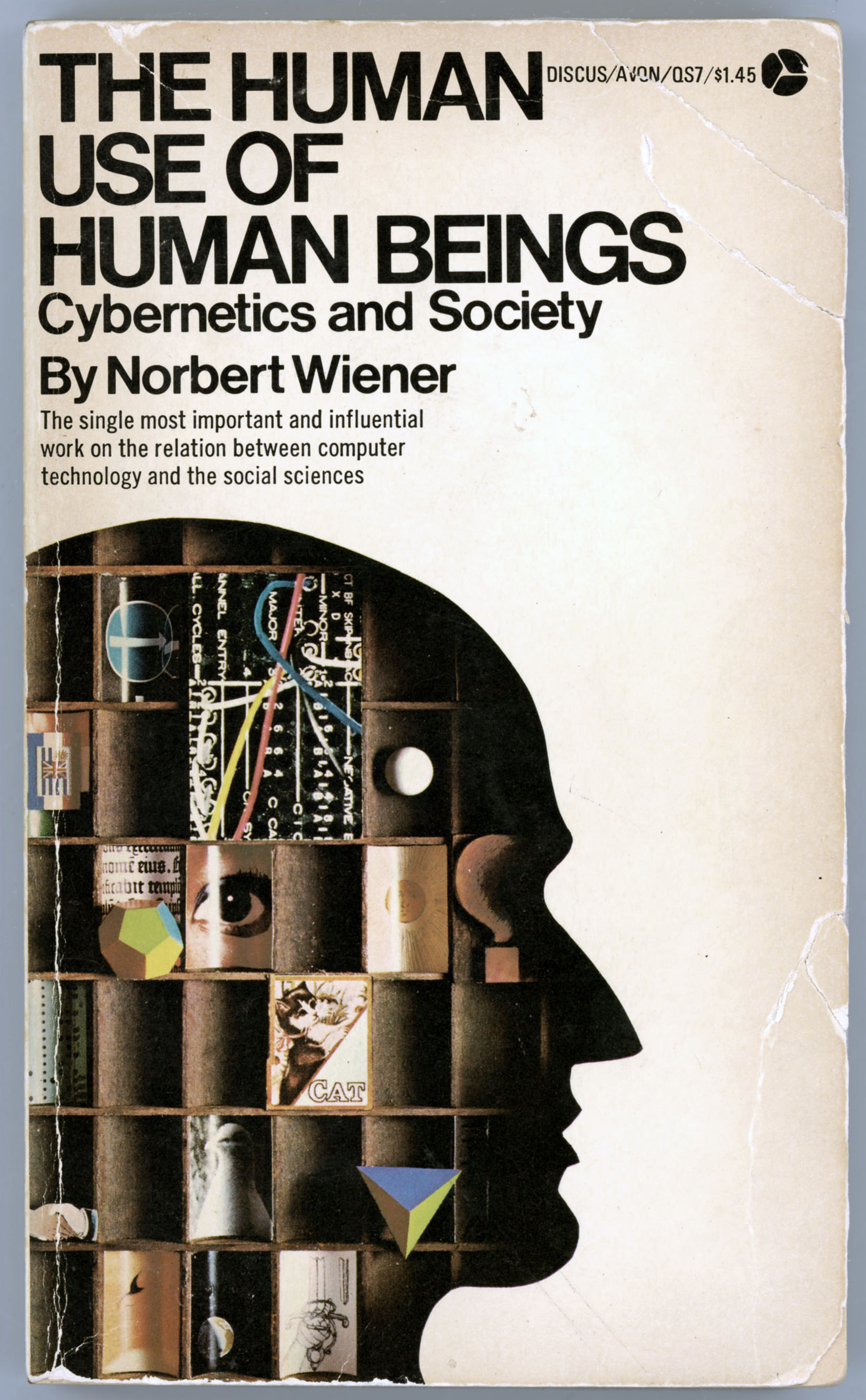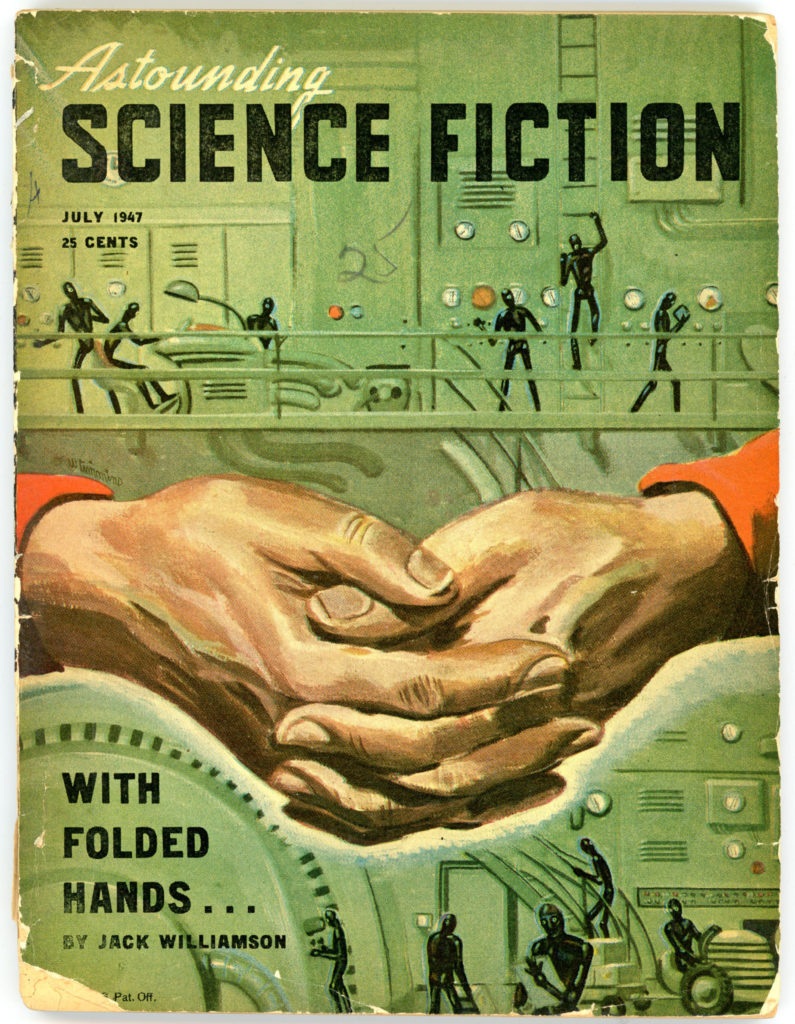[Update – December 26, 2020: My search for additional sightings of Frank the Robot has been successful. I’m happy to report that he’s been captured on video on many occasions, and entirely un-UFO-like, his identity has been definitively verified by amateur and professional observers from locales the world over. It turns out that he’s not at all reticent about public appearances, seeming to quietly revel in and appreciate public recognition. True, he doesn’t say much. (Actually, he doesn’t say anything at all.) After all, if you’re a metallic man several stories tall, your presence alone speaks for itself.
I’ve also included numerous links about Frank’s creator, Frank Kelly Freas. Oh, yes… Note Frank’s resemblance to the robot in Freas’ black & white illustration for Tom Godwin’s story “The Gulf Between”. A distant relative?
So, to view a better Frank sighting, scroll down a little – just below Stewie Griffin – and enjoy.]
________________________________________
“What the hell is that, a killer robot monster?!”
Frank Kelly Freas’ art gets around, in ways quite unexpected:
I recently discovered that the plaintive, puppy-dog-eyed, giant robot featured on the cover of the October 1953 issue of Astounding Science Fiction – the inspiration for the cover art of Queen’s 1997 album “News of the World” – was encountered in the latter form by none other than Family Guy’s Stewie Griffin, in the series’ 2012 episode “Killer Queen”. As you can see in the clip below (original here), Stewie’s introduction to the un-named metal monstrosity – courtesy of Brian Griffin – is a meeting quite memorable.
________________________________________
 “You wanted obedience Cullin – now you have it.
“You wanted obedience Cullin – now you have it.
You climbed a long way up by forcing human beings to behave like machines.
But you were wrong in one respect;
no human can ever be forced to behave exactly like a machine,
and no machine can ever be constructed that
will behave exactly like a human.
Machines are the servants of humans, not their equals.
There will always be a gulf between Flesh and Steel.
Read those five words on the panel before you and you will understand.
– – – – – – – – – – – – – – – – – – – – – – – – – – – – – –
It was a good ship,
built to travel almost forever,
and it hurled itself on through the galaxy
at full acceleration;
on and on until the galaxy was a great pinwheel of white fire behind it
and there was nothing before it.
On and on,
faster and faster,
into the black void of Nothing;
without reason or purpose
while a dark-eyed robot stared at a skeleton
that was grinning mirthlessly at a five-word sentence:
A MACHINE DOES NOT CARE
(Tom Godwin, “The Gulf Between”, p. 56)
________________________________________
“God, why does he look sad?! He’s already destroyed mankind; what else could he want?!”
“I’ll tell you what the news of the world is, we’re in a lot of #@%$*! trouble!”
______________________________
From the YouTube channel of TroyDouglas917, here’s Frank’s opening for Queen + Adam Lambert’s November 25, 2017, show at 3Arena in Dublin, with great views of Adam Lambert and Brian May.
______________________________
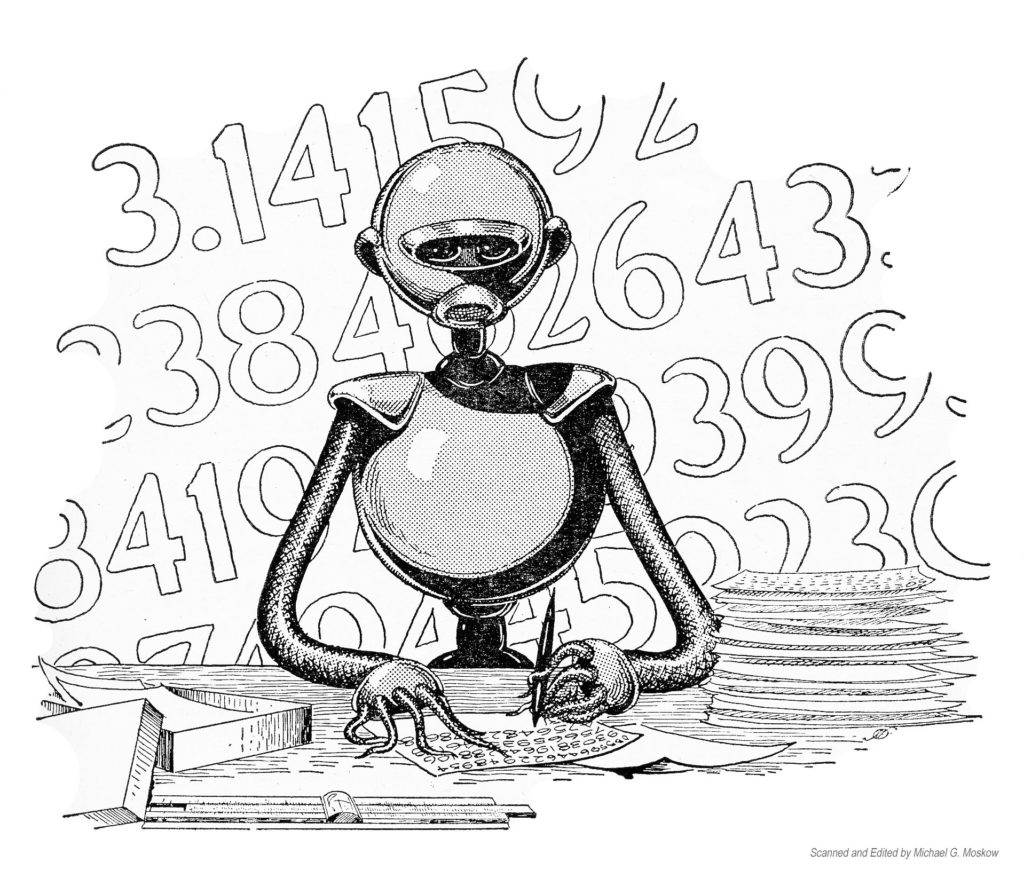 Illustration by Frank Kelly Freas, for Tom Godwin’s story “The Gulf Between” (p. 35).
Illustration by Frank Kelly Freas, for Tom Godwin’s story “The Gulf Between” (p. 35).
______________________________
 Illustration by Richard Van Dongen, for James H. White’s story “The Scavengers” (p. 121).
Illustration by Richard Van Dongen, for James H. White’s story “The Scavengers” (p. 121).
______________________________
 Illustration by Richard Van Dongen, for James H. White’s story “The Scavengers” (p. 136).
Illustration by Richard Van Dongen, for James H. White’s story “The Scavengers” (p. 136).
References
Killer Queen, at Internet Movie Database
Adam Lambert – Official Website
Adam Lambert – Wikipedia
Brian May – Official Website
Brian May – Wikipedia
Queen – Official Website
Queen – Wikipedia
Queen + Adam Lambert – Wikipedia
Frank Kelly Freas
SFE – The Encyclopedia of Science Fiction
Field Guide to Wild American Pulp Artists
Internet Speculative Fiction Database
Wikimedia Commons (Cover Art) – 47 images
Comic Art Fans – some classic, “clickable” (relatively) full-size cover art
invaluable – The World’s Premier Auctions and Galleries – original art for sale
Mad Magazine Covers by Frank Kelly Freas – Doug Gilford’s Mad Magazine Cover Site
1/28/17 – 9/7/20 — 3/23/18 1735

